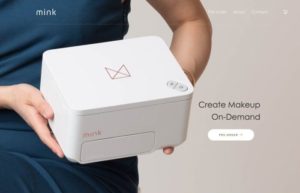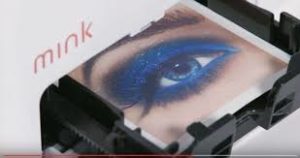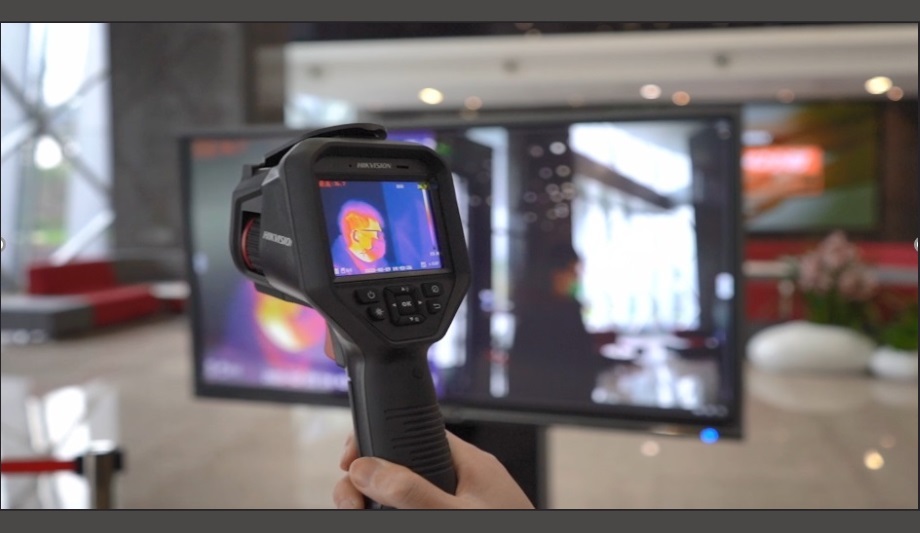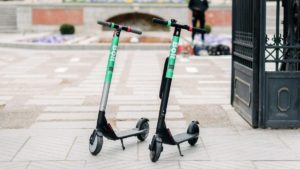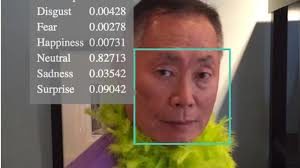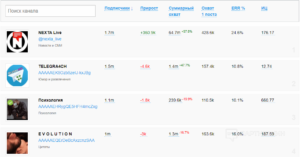Power: 1250 HP
Torque: 850 Nm
Weight: 1250 kg
Acceleration: 0-100 km/h in 1,9 s
Top speed: 432km/h
Price: $1,7 million
Grabs attention, doesn’t it? That’s exactly what’s supposed to do. This, as Czinger website states, “Dominating performance” puts 21C among the world’s greatest hypercars. But it’s so much more than that.

21C stands for the 21st century. It represents a whole new approach to car design and manufacturing process. The new approach could be defined with 4 words: artificial intelligence and additive manufacturing.
The design process is a cooperation between humans and ai. The designers set certain parameters for a part, such as mounting point, size, strength, etc. and the ai using its database of materials creates the most efficient structure. “Meaning you reduce the mass to the max, still meeting a performance set of requirements” explains Kevin Czinger, founder and CEO. However, the optimization of the design isn’t limited to a single part. Using ai enables us to get a more holistic approach to designing the car, rather than dividing the process into teams.
The parts designed that way cannot be manufactured by the machines being currently used in car production. So, let’s now focus on additive manufacturing. You’ve probably heard about it, as it’s also known as 3D printing. It allows those weirdly shaped parts to be made. It’s not that new of technology, however, the breakthrough here is the speed. The parts can be manufactured at the same rate as they would be if they had used the aluminum casting process, which means price parity. Another upside to additive manufacturing in comparison to subtractive manufacturing is material saving, as the 3D printers only use the material they need, rather than cutting a small part out of a bigger chunk of material.
The assembly process is also improved. It is done by an automated unit that is a set of robotic arms that work in complete harmony and take up just a 15m by 15m square. Not only does it save a lot of space when compared to a full assembly line, but it can be easily reprogrammed to assemble a different car. So can the 3D printers. Because of that, those machines don’t become obsolete once a car stops being manufactured.
I believe that this technology will have a significant impact on the market. I don’t think all cars will be produced that way, but as of right now there is no automation solution for small-to-medium car production. The manufacturing patented by Divergent 3D may just bridge that gap. I’m really hopeful, as many good projects cannot make it as the cost of setting up the production process are too high. I never expected to be more excited by the assembly process of a hypercar rather than the car itself, but here I am.
https://www.topgear.com/car-news/geneva-motor-show-2020/czinger-21c-1233bhp-3d-printed-hypercar
https://www.youtube.com/watch?v=VdG4gUTowXc&ab_channel=DonutMedia





